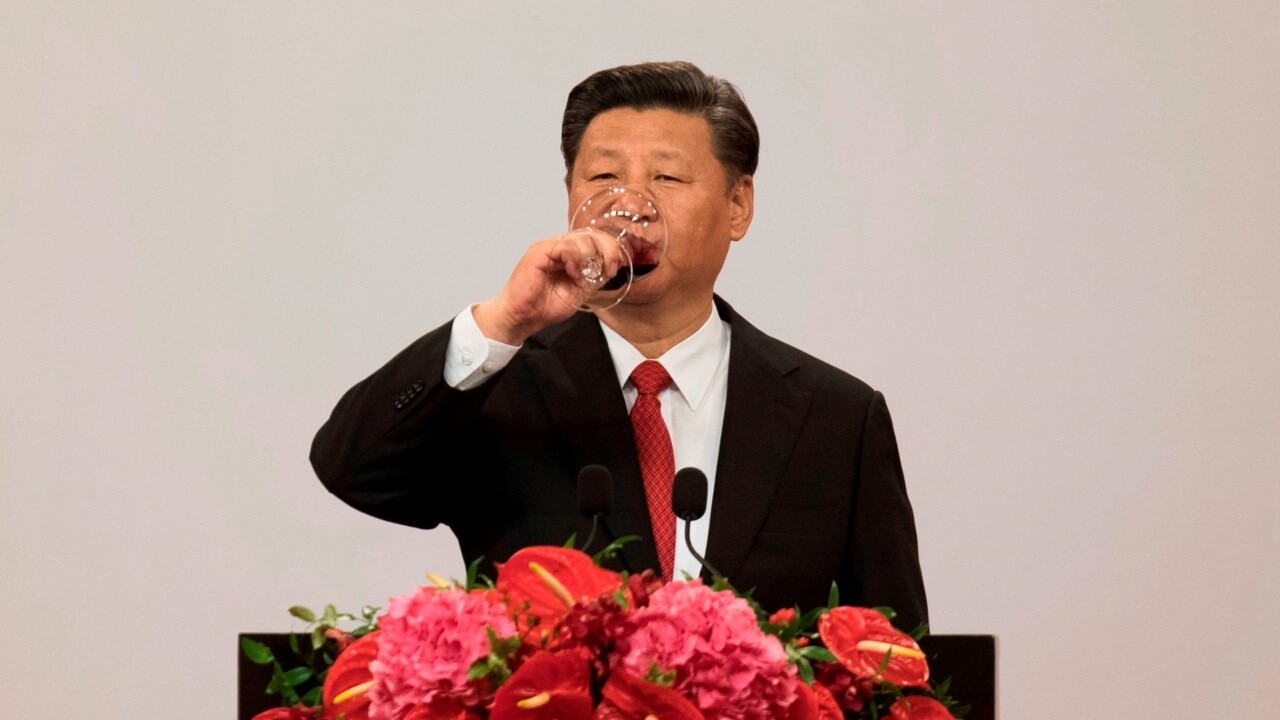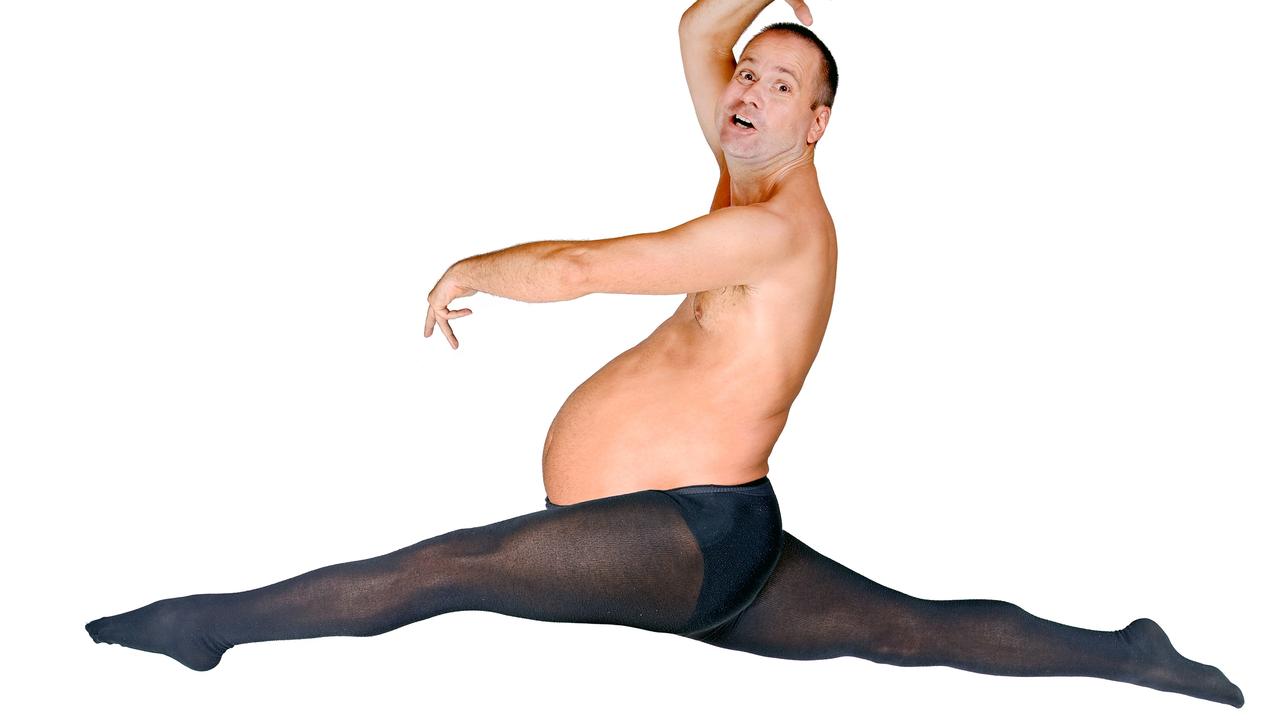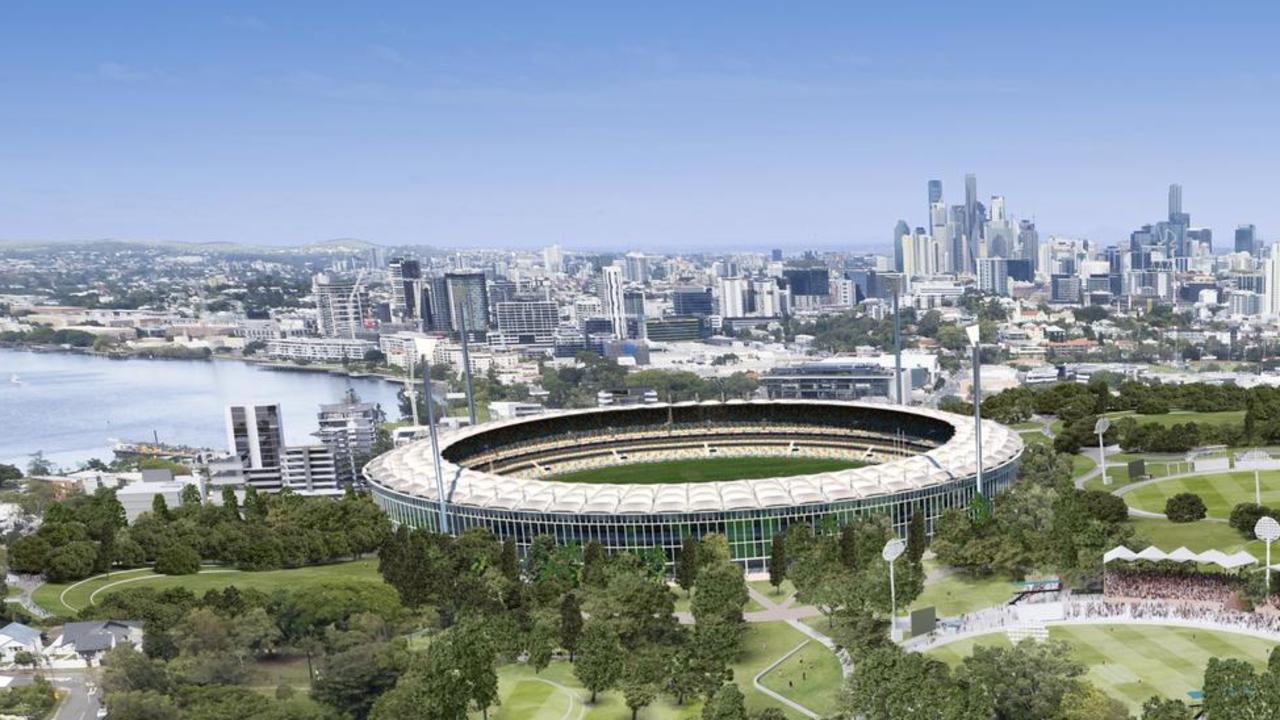How Australia’s economy measures up in global comparisons
Australia’s economy is not exactly whirling its way up the global financial ladder, but its moves compare well with other countries.

Opinion
Don't miss out on the headlines from Opinion. Followed categories will be added to My News.
Twerking, hip gyrations, backflips, breakdancing, the sprinkler and moonwalking – where it looks like you’re going forwards but you are actually going backwards – are all difficult dance moves, at least for me.
They also are a nice illustration of how Australia’s economy works – especially the bit about going forwards but backwards.
For example, our economy is officially growing but only because we’ve had hundreds of new thousands of people migrate to Australia in the past year, and spend their money on our (now their) stuff.
Economists say we are already in a per capita recession, where economic growth goes backwards per head of population.
Our inflation rate is high, which means our interest rates are high, which pushes up costs and wages, which keeps inflation high, which keeps interest rates high. Ouch, like a high-five in the eye.
There’s a lot of gloom around at the moment amid the rising cost of mortgages, rents, utilities, groceries and insurance bills, and it all comes back to the economy and its crazy financial dance moves.
An arm goes here, and then a leg shoots out there. Similarly, a rate rise here sends retail sales sliding backwards over there, while a recession squeezes jobs, and wage rises sprinkle pain on businesses.
When it comes to financial matters, most of us look inward. But what if we look outward and compare ourselves with the rest of the world.
As a finance nerd, this is something I often like to do. Just like a premiership ladder in sport, you can see how team Australia is performing against the rest of the world.

A quick comparison of economic data reported in well-respected international journal The Economist suggests that we will probably make the finals, moonwalking all the way.
GDP
Gross domestic product is the key measure of how the economy is going – it’s the value of all the goods and services we produce.
Rising GDP is good. Falling GDP for two consecutive quarters – six months – means we are technically in a recession.
Australia’s better-than-average annual GDP rate of 2.3 per cent is higher than the US, Japan, Britain, Canada and most European countries. But we lag most of Asia, where India is growing at 6.1 per cent and China at 4.5 per cent.
UNEMPLOYMENT RATE
Our official unemployment rate in May was 3.6 per cent, the same as the US and putting us in the top third among major economies globally.
It’s much lower than Sweden (7.9 per cent), Greece (10.8 per cent), France (7 per cent) and China (5.2 per cent) but countries including Japan, Germany and Singapore have lower jobless rates.
CONSUMER PRICE INDEX
CPI is the bane of anyone with a mortgage over the past year. Our official measure of inflation was running at 7 per cent annually at the end of March. That’s higher than almost three quarters of the rest of the developed world, although recent monthly inflation snapshots suggest it is falling.
The Reserve Bank wants CPI sitting at 2-3 per cent to keep the economy running smoothly, so we are a fair way from that.
Australia also has good numbers for trade and federal budget balances, but a country’s success is not just about economic indicators.
Recent data shows we are one of the five wealthiest countries on the planet on several measures, our minimum wage is the highest globally, and we have several of the world’s most liveable cities.
There will always be things to worry about, but sometimes we should try a little crazy happy dancing too.
More Coverage
Originally published as How Australia’s economy measures up in global comparisons









